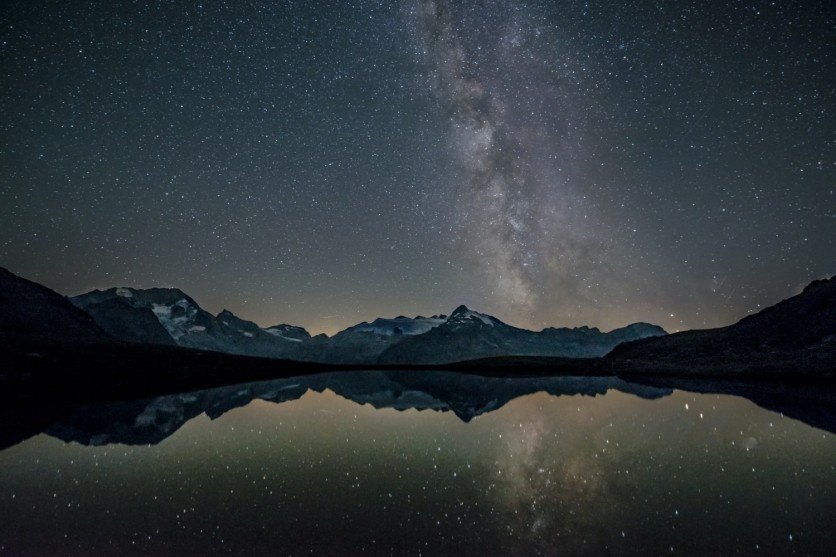Astronomers have been able to catch the Tarantula Nebula's Glowing Web by using a new radio telescope in order to make the observation. The site gives the researchers a clearer sense of "what star-forming regions look like" in order to better understand them.
Astronomical View was Located Around 170,000 Light-Years Away
According to the story by CNet, the astronomical view was about 170k light-years away which is still relatively close when it comes to a cosmic scale. Ever since its start, experts believe that the "Bundle of interstellar dust" has been able to see the dawn of over 800,000 protostars and stars within the universe.
It was noted that half a million of them were hot, young, and also incredibly big. Some of them were reportedly around 150 times the sun when it came to mass. This is a huge feat since the sun already makes up 99.8% of the whole solar system as per Space.
The Astrophysical Journal published research providing detail about the experience. The site to see is called the Tarantula Nebula which notably looks like a cosmic web.

How Scientists were Able to Find the 30 Doradus
By harnessing Atacama Large Millimeter/submillimeter Array (ALMA), a world-class radio telescope, scientists were able to find depictions of the Tarantula Nebula in ultra-high resolutions. The images shared by the team showed feathery lines and lava-like wisps come to life.
The notable features were reportedly a result of the super-precise light emission measurements of the ALMA. The nebula is also known as the 30 Doradus due to its catalog number in a list of objects of the Dorado constellation.
Tarantula Nebula Traceable Due to Carbon Monoxide Gas Content Detection
The structure of the nebula is traceable due to carbon monoxide gas content detection in the area where the scientists believe the Tarantula Nebula is located. The remnants of the carbon monoxide are what the scientists are after due to the location "of cold clouds which are known to collapse" and result in baby stars formation.
Baby stars are known to form in stellar nurseries just like the 30 Doradus. Should scientists be able to figure out where the gas clouds are, they will be able to get a clear visualization of what the outline of 30 Doradus should be able to look like.
Read Also: European Space Agency's Gaia Mission to Reveal its Third Set of Data on June 13; Here's How to Watch
Research Team Overlaid Gas Cloud Outline Through 'Infrared Image'
The research team was able to overlay the gas cloud outline through a previous "infrared image" located in the same area capable of showing hot cosmic gas. This was indicated by the bright star speckles and pinkish puffs.
Aside from the star nursery cartography efforts, there is still a practical reason as to why the Tarantula Nebula looks the way it does.
Related Article: Astronomers Find Ultra-Rare Neutron Star Flaring Brilliantly in The Milky Way Using NICER
This article is owned by Tech Times
Written by Urian B.
ⓒ 2025 TECHTIMES.com All rights reserved. Do not reproduce without permission.




